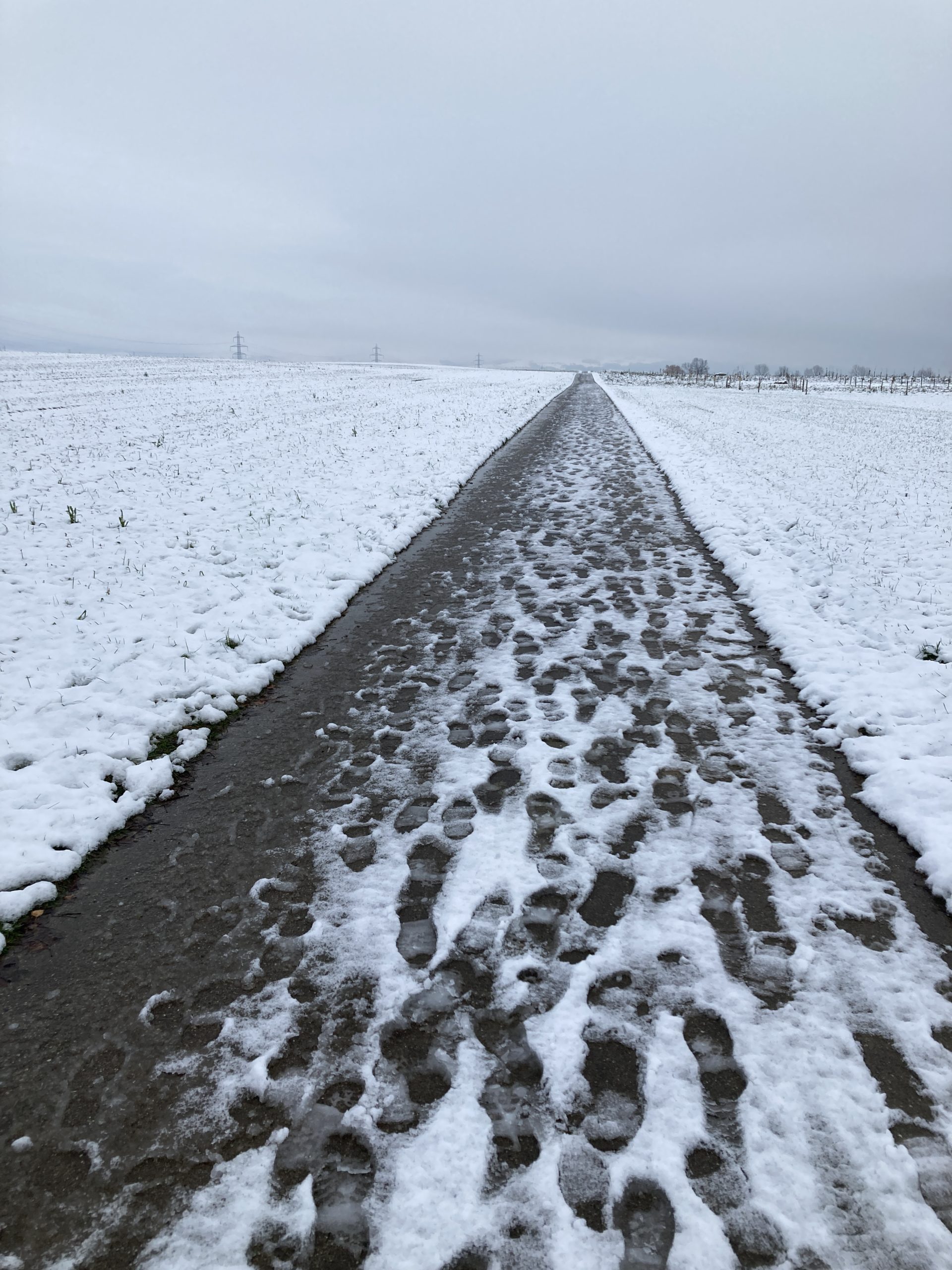Tag: steps
-

Five Point Two Millions Steps In A Single Year
Reading Time: 4 minutes Last year I walked five point two million steps, which is both a lot, and yet normal, for me. What makes last year so curious is that I didn’t feel to walk that much. I walked for one and a half hours, rather than two to three hours. My loops became…
-
On The Habit of Daily Walks
Reading Time: 2 minutes Men’s Health has an article about a person that walked 10,000 steps a day for a month, when his normal step count is 4000. According to the Pedometer++ app on my phone I have taken more than 10,000 steps a day for 140 days in a row. I have to take…
-

The GBD-800 Continued
Reading Time: 2 minutes The GBD-800 Continued is a step counting Casio with two serious flaws. The first of these flaws is that although the GPS from the phone can be used to map walks and other activities it has to be activated at the start of a walk and deactivated at the end of…
-

StepsApp
Reading Time: 3 minutes Walking and taking steps could be seen as boring. It’s something we do every day, without thinking about it. At conferences we can easily take 20,000 steps a day, when we’re standing for the entire day, with barely any opportunities, or need to sit, except when eating or getting from A…